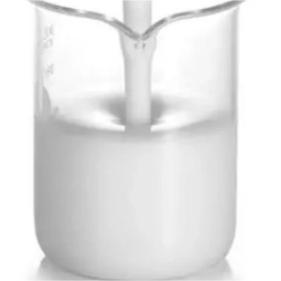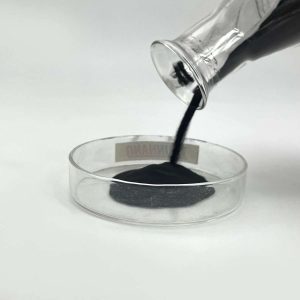Overview of Maoxing Water Treatment PAM Catalyst Surfactants for Optimal Safety
Polymer surfactants, also known as polymeric surfactants or amphiphilic polymers, are high-molecular-weight compounds that combine the properties of traditional low-molecular-weight surfactants with the unique features of polymers. Unlike small molecule surfactants, polymer surfactants offer enhanced stability, improved solubility, and the ability to form more complex structures such as micelles, hydrogels, and vesicles. These macromolecules find applications across a wide range of industries due to their tailored structures and tunable properties, which allow for precise control over interfacial behavior and solution rheology.
Features of Maoxing Water Treatment PAM Catalyst Surfactants for Optimal Safety
-
Molecular Weight and Structure: With a much higher molecular weight, polymer surfactants offer enhanced stability in harsh conditions and over prolonged periods compared to small molecule surfactants.
-
Tunability: The structure of polymer surfactants can be precisely engineered to include different functional groups, monomer sequences, and architectures, allowing for specific interactions and properties.
-
Multifunctionality: Apart from surface activity, they can also provide additional functionalities like thickening, rheology modification, and controlled release capabilities.
-
Self-Assembly: Capable of forming sophisticated self-assembled structures like micelles, hydrogels, and vesicles, which can encapsulate or release active ingredients in a controlled manner.
-
Environmental Compatibility: Many polymer surfactants are designed to be biodegradable and less toxic, making them suitable for eco-friendly applications.
-
Temperature and pH Responsiveness: Some polymer surfactants exhibit responsive behavior to changes in temperature or pH, enabling stimuli-responsive systems.
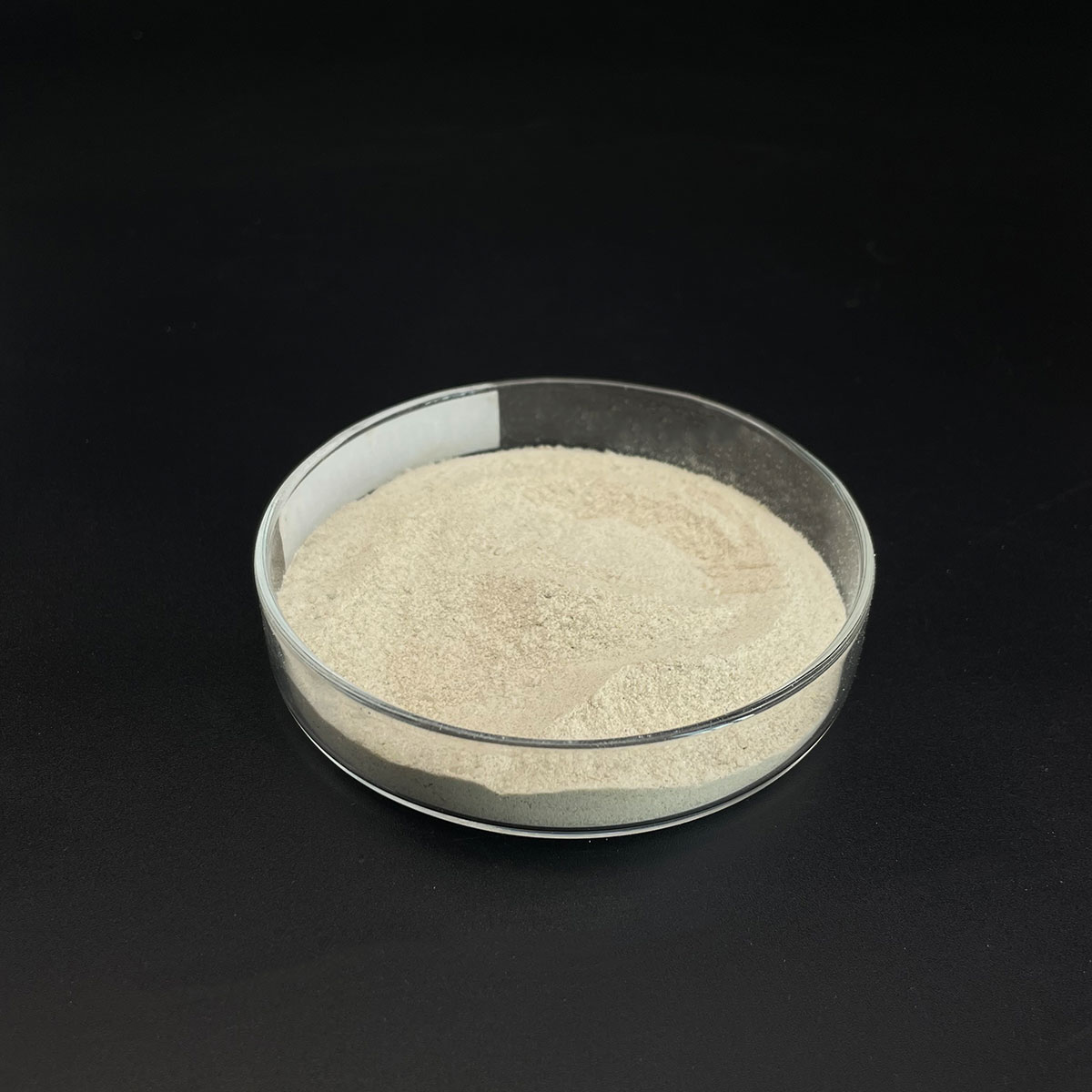
(Maoxing Water Treatment PAM Catalyst Surfactants for Optimal Safety)
Specification of Maoxing Water Treatment PAM Catalyst Surfactants for Optimal Safety
Water plants require effective chemicals. They also require safe items. Maoxing Water Therapy PAM Stimulant Surfactants supply both. This product boosts how polyacrylamide (PAM) works. PAM globs tiny fragments in unclean water. This makes them much easier to eliminate. Our driver makes PAM work quicker and much better. Cleanser water results.
The stimulant surfactants work with many PAM types. This consists of cationic, anionic, and nonionic PAM. They suit different water sources. This includes river water, reservoir water, and industrial wastewater. The catalyst improves floc formation. Flocs are the clumps of impurities. Larger, denser flocs work out quicker. This enhances sedimentation and filtering. Less PAM chemical is required overall. This saves money.
Safety and security is important. Maoxing PAM Stimulant Surfactants are non-toxic. They posture no health and wellness danger during regular use. The item meets rigorous safety and security standards. It abides by NSF/ANSI Conventional 60. This standard covers chemicals for alcohol consumption water therapy. Our catalyst leaves no hazardous deposits. It breaks down securely after use. It protects equipment also. The formula stops scaling and corrosion. This prolongs system life.
Using the stimulant is straightforward. Include it straight to the PAM option storage tank. Adhere to the recommended dosage instructions. Beginning with a low dose. Observe the flocculation result. Readjust the amount as needed for ideal results. Typical dosage arrays are reduced. This depends on water top quality and PAM type. Our technological team supplies support. They aid enhance efficiency for particular plants. Get in touch with us for application advice.
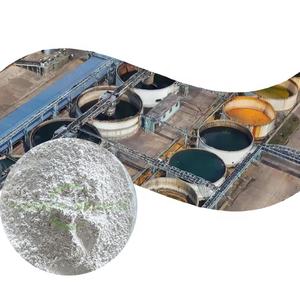
(Maoxing Water Treatment PAM Catalyst Surfactants for Optimal Safety)
Applications of Maoxing Water Treatment PAM Catalyst Surfactants for Optimal Safety
Maoxing Water Therapy PAM Driver Surfactants make water secure. They work well in many crucial locations. Clean alcohol consumption water is crucial for every person. Our products aid treatment plants get rid of unsafe things. They draw dust and tiny fragments out of the water. This makes the water clear and risk-free to consume. Factories likewise need clean water. Food and beverage plants use significant amounts. Infected water can spoil products. It can even make people unwell. Our surfactants avoid this. They make sure water satisfies rigorous health requirements.
Industrial sites produce filthy water. This water has to be cleaned prior to going back to rivers. Our stimulants accelerate this cleansing. They help clump toxins together. This makes them easier to remove. The result is cleaner water launched safely. Oil spills are dangerous emergencies. Quick cleaning safeguards the setting. Our surfactants damage down oil quick. They make oil separate from water. This allows for efficient removal. Mines create wastewater with hefty steels. These steels poisonous substance water sources. Our PAM drivers trap these steels. This stops them from spreading.
Power plants rely upon water for cooling. Range and corrosion damage tools. This triggers closures and safety and security dangers. Our products protect against range build-up. They shield pipes and machinery. Safe procedures proceed without issues. Hospitals need sterilized water. Infections are a serious hazard. Our surfactants help decontaminate water systems. They sustain hygiene protocols. Safe water is essential for client treatment. Local sewer therapy handles waste. Our drivers make this procedure effective. They eliminate solids and reduce smells. Dealt with water is safer for reuse or discharge.
Maoxing items are reliable. They execute consistently under pressure. Safety applications demand this dependability. We concentrate on quality assurance. Our surfactants help achieve optimum safety outcomes. They are trusted devices for protecting water.
Company Profile
SurfactantChina is a trusted global chemical material supplier & manufacturer with over 12-year-experience in providing super high-quality surfactant and relative products.
The company has a professional technical department and Quality Supervision Department, a well-equipped laboratory, and equipped with advanced testing equipment and after-sales customer service center.
If you are looking for high-quality surfactant and relative products, please feel free to contact us or click on the needed products to send an inquiry.
Payment Methods
L/C, T/T, Western Union, Paypal, Credit Card etc.
Shipment
It could be shipped by sea, by air, or by reveal ASAP as soon as repayment receipt.
5 FAQs of Maoxing Water Treatment PAM Catalyst Surfactants for Optimal Safety
What is PAM, and why is it used?
PAM stands for Polyacrylamide. It’s a chemical we make. It helps clean water. Dirty water has tiny bits floating in it. PAM makes these bits stick together. They form bigger clumps. These clumps sink or float. Then you can remove them easily. This makes water clearer and safer.
Why add surfactants to the catalyst?
Surfactants help the catalyst work better. They act like soap. They break down grease and oil in the water. This lets the PAM grab more dirt. It improves the cleaning power. You get cleaner water faster.
How does Maoxing ensure safety?
Safety is our top priority. We use very pure ingredients. We test every batch carefully. Our PAM has low levels of unwanted metals. It meets strict safety rules. We provide clear safety sheets. These tell you how to handle it safely.
What precautions are needed when handling?
Wear gloves and safety glasses. Avoid skin contact. Don’t breathe in dust. Work in a place with good air flow. If it touches skin, wash well with water. If it gets in eyes, rinse for a long time. Get medical help if needed. Store it in a cool, dry spot. Keep it away from kids.
Is it safe for the environment?
Yes, when used correctly. We design it to break down naturally. It doesn’t stay in water forever. Use the right amount. Too much isn’t better. Follow the dosing instructions exactly. Proper use protects rivers and lakes.
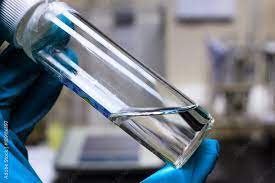
(Maoxing Water Treatment PAM Catalyst Surfactants for Optimal Safety)

